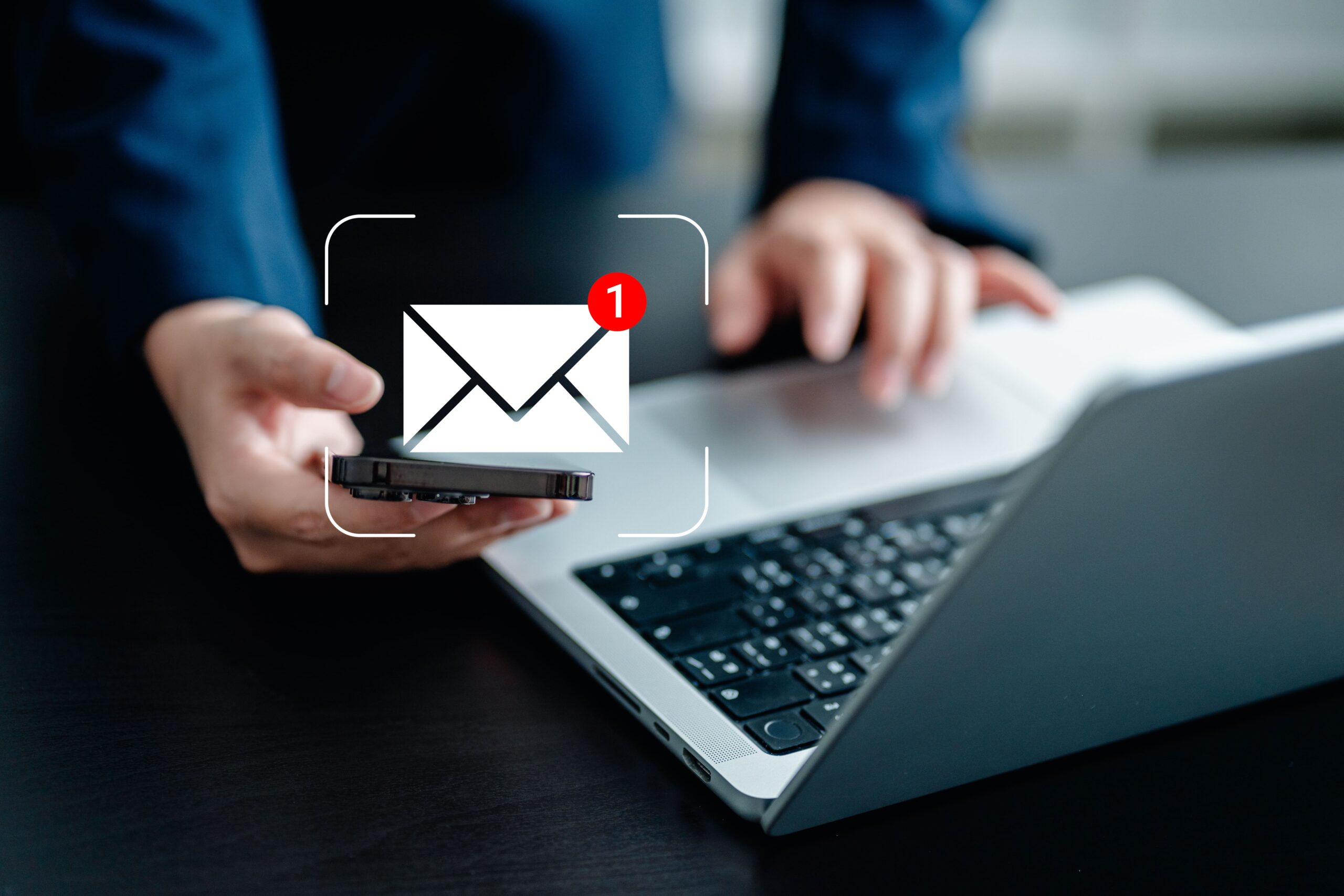In event management, a well-crafted invitation email can make all the difference. It’s essential to leave a memorable impression to pique participants’ interest. A mix of eloquence and clarity in your communication can transform a simple invitation into a masterpiece. Using words like “warmth” to evoke the event’s spirit is a good strategy.
We will explore the key elements of an effective invitation letter, practical examples, and how to craft adaptive messages for different types of events. Special attention will be given to polite expressions and calls to action to maximize guest engagement.
Event Invitation Email Template
We cordially invite you to attend our event, which will take place on [date] at [location]. This event is an ideal opportunity to exchange ideas and make new connections.
To confirm your attendance, please reply to this email by [RSVP deadline]. We look forward to welcoming you.
| Informations | detail |
| Date | [date] |
| time | [time] |
| place | [adress] |
We thank you for your interest and participation. See you soon!
How to Craft an Invitation Letter by Email?
For an effective invitation letter, begin by choosing an appropriate tone. Tailor your style depending on whether the event is professional or personal.
Next, include essential details: the date, time, location, and purpose of the meeting. Ensure that these are clear and easy to read.
End with a polite closing, such as “Sincerely” or “Best regards,” followed by your name. This reinforces respect and attention to the recipient.
Example of an Invitation for a Party, Meeting, or Professional Seminar
We are pleased to invite you to our professional seminar, which will be held on November 15, 2023, at 2:00 PM. The event will take place in our conference room located at 123 Innovation Street, Paris.
This seminar will be an opportunity to discuss key topics and explore new opportunities. We encourage active participation from all guests. Please confirm your attendance by registering before November 10.
Date: November 15, 2023
Time: 2:00 PM
Location: 123 Innovation Street, Paris
Key Elements of an Effective Invitation
To craft a compelling email invitation, it’s crucial to include key elements. Begin by clearly stating the event date, as it guides guests’ availability.
The location should also be precise and easy to find. Include a full address or a link to a map to help guests plan their travel.
Engaging calls to action enhance the invitation. Encourage recipients to confirm their attendance with clear phrases like, “Please respond by May 10.”
The Importance of Polite Expressions and Greetings in Emails
Using polite expressions in your invitation emails is essential to create a respectful atmosphere. It shows your consideration for the recipient and can improve how the message is received.
Appropriate greetings set the stage for effective communication. Paying attention to these elements directly impacts how your message is perceived.
- Strengthens the relationship with the invitee
- Encourages a positive response
- Enhances the clarity of communication
By incorporating these practices, you ensure a professional and favorable reception of your invitations. Politeness plays a key role in the success of your written communication.
What to Do If a Guest Can’t Attend?
When a guest is unable to attend, it’s important to remain professional and courteous in your communication. Start by expressing understanding of their situation.
Inform other participants of the absence to ensure smooth information flow. Consider arranging a follow-up to gather their feedback. This helps maintain a connection with those who couldn’t attend.
Finally, consider alternatives like a recording or summary of the event so absentees can stay informed. This shows your commitment to all your guests.
How to Invite to an Event by Email?
To invite people to an event, begin with a clear subject line. It should reflect the essence of the event, such as a corporate dinner, and encourage the recipient to open the email. A friendly message helps set a positive tone.
Use a concise message presenting the essential details: date, time, location, and the event’s objective. Specify the target audience and the value of attending.
End with a clear call to action, encouraging recipients to respond or register. Don’t forget to include an option for questions to foster interaction.
